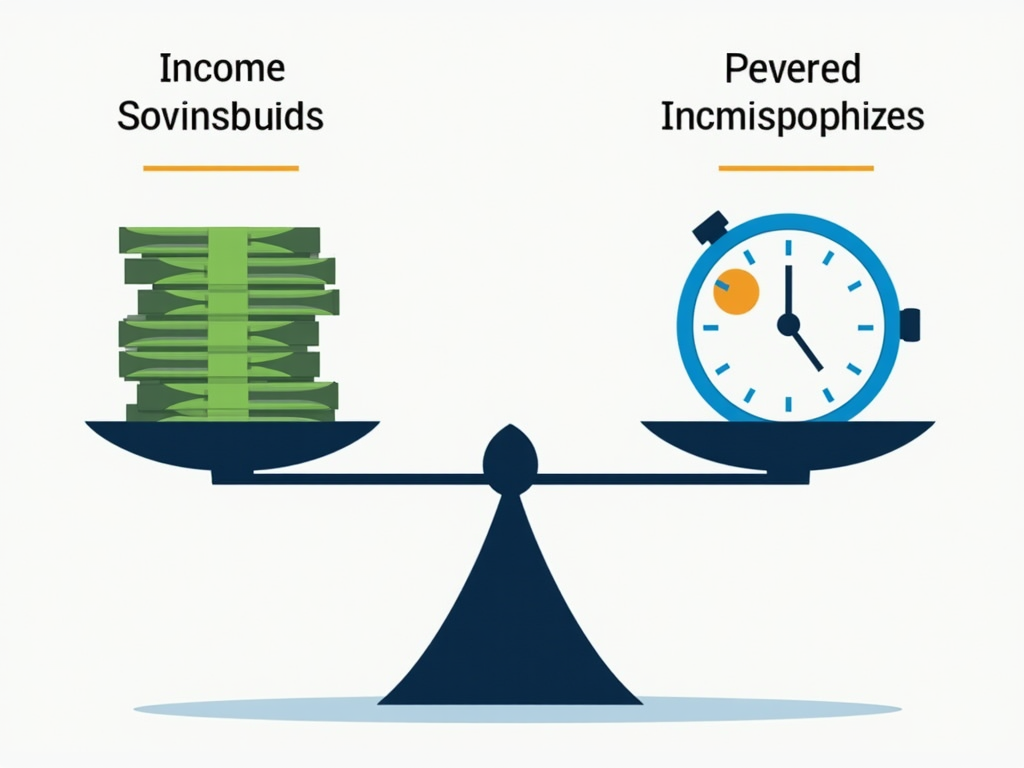In the world of insurance, investors and individuals often face the choice between voluntary public health insurance (GKV) and private health insurance (PKV). Each option has its own advantages and disadvantages, which can be evaluated differently depending on individual circumstances. This article highlights the specific benefits of voluntary GKV, particularly regarding income-based contributions and family insurance. It offers valuable insights for those looking to optimize their insurance strategy.
Voluntarily Insured Under Social Security: The Importance of Income-Based Contributions in the Context of Health Insurance

One of the main characteristics of voluntary public health insurance (GKV) is the income-based contribution system. This structure offers financial relief, particularly for individuals with lower incomes, as contributions are linked proportionally to income. Therefore, for those with lower incomes, insurance contributions are also lower, which can significantly reduce the financial burden. But how does this model compare to private health insurance (PKV)?
While the GKV is based on the principle of solidarity, PKV contributions are primarily influenced by individual factors such as age and health status. This means that especially young and healthy individuals with high incomes may experience financial advantages in PKV; their contributions are not linked to income, but remain stable until health deteriorates. This stability can be an attractive offer for those who want to keep their healthcare expenses predictable over time.
However, there is a significant risk: in PKV, contributions can increase with age. Rising income-independent contributions present a financial challenge that many insured individuals often do not consider in advance. In contrast, GKV contributions, being linked to income, can be adjusted even in old age, which is significant for individuals who have to adapt to a lower income in retirement.
Furthermore, health status plays no role in determining contributions in GKV. This offers protection for individuals with pre-existing conditions, as they do not face high costs, making GKV more attractive for chronic patients. In PKV, however, health status becomes a decisive criterion, as poor health outcomes can lead to higher costs.
Generally, the decision for or against voluntary GKV should be made considering long-term income development and health needs. In particular, individuals with family responsibilities or chronic illnesses may benefit from the income-adjusted approach of GKV, while flexible PKV plans may be attractive for young and financially stable insured individuals. A clear comparison between individual life planning and the advantages and disadvantages of both systems is essential to make the best insurance decision.
Family Insurance: The Strengths of Voluntary GKV Compared to PKV

In the choice between voluntary public health insurance (GKV) and private health insurance (PKV), families often play a crucial role. GKV offers numerous unmatched advantages for families that need to cover more than just the main insured, thanks to family insurance.
The main advantage of GKV lies in the ability to insure children and non-working spouses for free, provided the income of the main earner does not exceed a certain threshold. This advantageous regulation can result in considerable financial relief for families, especially compared to PKV. Here, each family member requires their own insurance contract, which can significantly increase contributions. This represents a significant cost factor for young families with multiple children.
Cost stability is another important feature of GKV, as contributions are calculated based on income and there is a cap on contributions. Regardless of the health status or age of the insured individuals, costs remain relatively stable. In contrast, contributions in PKV can increase significantly with age or in the presence of pre-existing conditions, leading to a long-term financial burden for families.
Another advantage of GKV is the principle of solidarity, which is reflected in the determination of contributions. In GKV, all insured individuals share the costs, which could be attractive for families with current or future care needs, as no further health assessment is required, and pre-existing conditions do not lead to an increase in premiums. Conversely, in PKV, the contribution is based on individual risk, which often leads to higher costs in case of health issues.
Flexibility within the public health insurance also represents an added value. Switching between public health insurances is possible without disadvantages, while a change within PKV can be burdensome and costly, especially if a return to GKV is no longer possible due to PKV membership.
In summary, GKV offers families economical and flexible coverage that can be obtained without medical barriers. It represents a decisive competitive advantage for many families compared to PKV, especially in a context where financial security and comprehensive coverage are essential.